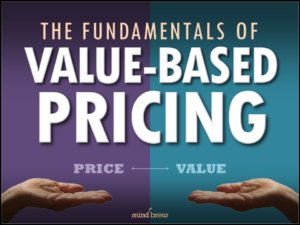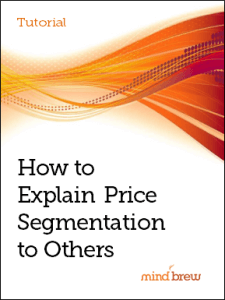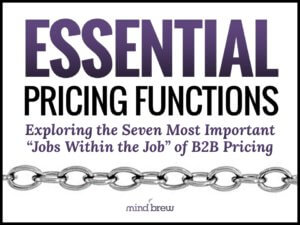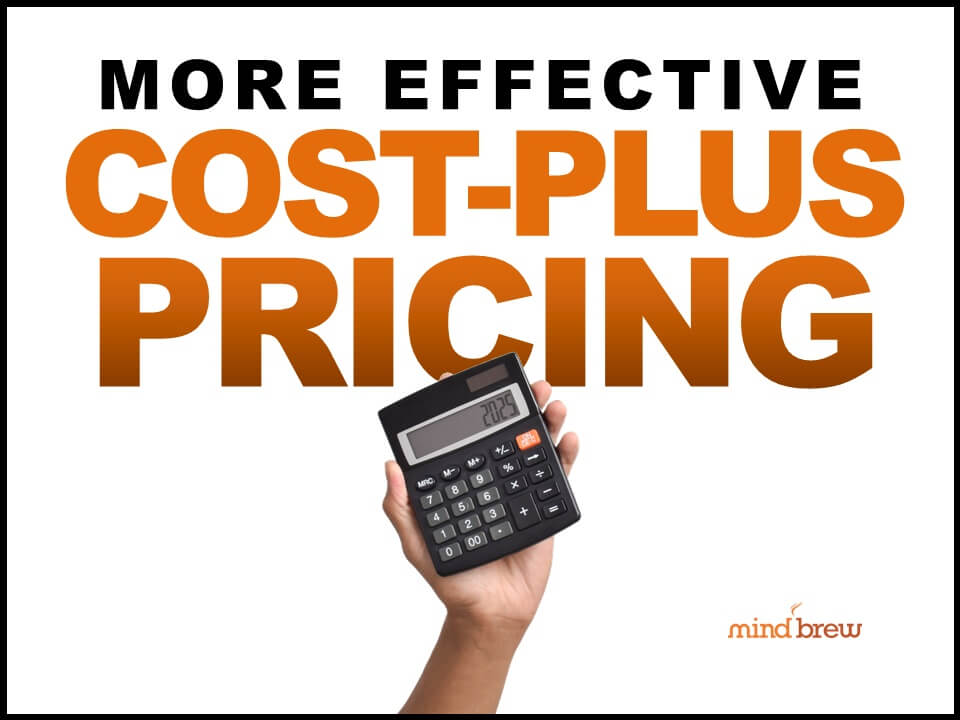As we’ve highlighted many times before, business-to-business (B2B) pricing and business-to-consumer (B2C) pricing are very different animals, with dramatically different demand dynamics, purchasing practices, and buyer expectations.
And while it’s far too risky to just apply consumer pricing practices in commercial settings, we can still learn a thing or two from certain high-profile consumer pricing controversies.
For example, one of the things we can learn from some past uproar in the fast food industry is just how important it is to think very carefully about pricing perceptions and human psychology long before you announce the upcoming rollout of a nifty new dynamic pricing model and approach!
As there’s no need to pile on at this point, imagine two fictional fast food chains deciding to implement demand-based, variable pricing models. I know it’s close to meal time, but stay with me as we explore this hypothetical…
The first fast food chain…which we’ll call Double Cheese Please…plans to set higher baseline menu prices appropriate for periods of peak demand — essentially, the two hours around lunch and dinner time. At other times of the day, however, when demand tends to wane, they plan to offer significant discounts off those menu prices in an effort to attract more price-sensitive customers and make better use of standing resources.
The other fast food chain…which we’ll call Better With Bacon…plans to set relatively low baseline menu prices for most of the day. These will be the “as low as” prices they’ll promote in their advertising. But whenever demand increases significantly — say, with a surge around lunch or dinner time — they plan to increase these menu prices commensurately. They too hope to attract more price-sensitive customers and make better use of standing resources during the off hours, while capturing more margin when demand and willingness-to-pay are much higher.
Now, I know it’s going to be hard to assess this hypothetical without a lot more charts and graphs and many years of performance data, but just see if you can guess which approach is most likely to cause the mob to break out their torches and pitchforks?
You see, while these two approaches are very similar in effect, they differ dramatically in perception. And as a result, they will differ dramatically in reception.
Discounts and lower prices are usually perceived by buyers to be good thing and often received with a smile and a nod. On the other hand, surcharges and higher prices are usually perceived by buyers to be a bad thing and often received with a frown and an expletive. Even when they are having same effect and arriving at the same place, these things can be perceived and received very differently.
And that’s the point. Perceptions matter. Psychology matters. It matters how you talk about the things that you’re doing. And it matters how you position the changes you’re rolling out. All of this stuff matters and you need to be thinking about it ahead of time.
In a B2B environment, failing to consider how your efforts and developments will be perceived and received probably won’t result in a highly publicized flogging like we’re seeing in the fast food industry. After all, controversies in the consumer space do tend to garner much more attention. Nevertheless, overlooking, ignoring, or minimizing these things in B2B can definitely increase organizational resistance, generate internal resentments, damage your team’s credibility, and ultimately hurt your career.
The bottom line is that when it comes to something as sensitive and contentious as pricing, perceptions just matter way too much to be an afterthought.
















